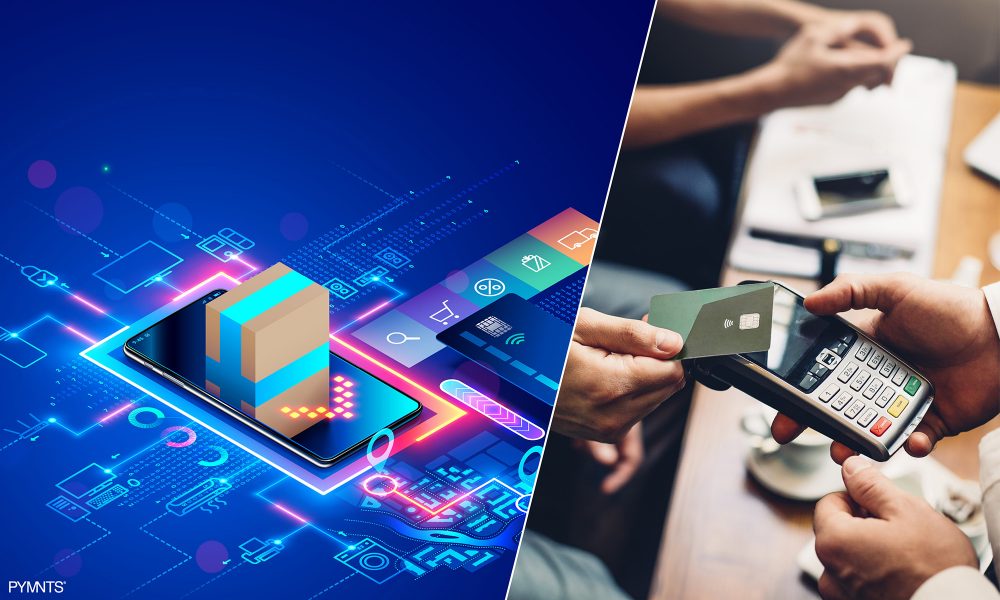Micro-payments vs. Traditional payment models – A comparative analysis
The digital economy has enabled new micro-payment models allowing businesses to charge customers small amounts for incremental use of products and services. Emerging fintech solutions facilitate these microtransactions under $1. Traditional payment models rely on periodic lump sum payments – whether one-time license fees, annual contracts, or monthly subscriptions. Customers pay a predictable recurring price for blanket access rights to the full offering. Micro-payment models instead allow pay-per-use billing at the margin based on precise consumption. Users pay variable pennies at a time for just the features or content used. Here’s a more detailed comparative breakdown between the two frameworks.
Revenue model – Traditional subscriptions generate predictable recurring revenue streams. However, micro-payments can potentially drive higher lifetime value from existing users over time. Subscriptions have fixed periodic charges often $10-$100+, while micro-payments are tiny sub-$1 transactions. The small size lowers barriers to purchase.
Payment variability – Traditional models bill fixed recurring amounts. However, micro-payments fluctuate based on usage volumes, creating variable revenue. Subscriptions bill on a monthly, quarterly, or annual basis. Micro-payments occur continuously with each transaction or session.
Access rights – Subscriptions grant blanket access to the full offering for a period. Micro-payments allow pay-per-use access to specific features or content. Traditional models aim to convert users to subscribing members. Micro-payments allow monetizing both casual and loyal users via incremental spending.
Technology infrastructure – Subscriptions leverage simple payment processors. However, micro-payments require specialized fintech solutions and APIs. Tracking micro-payment volumes at scale and attributing earnings becomes complex.
Refunds – Subscriptions allow straightforward cancellations and refunds. But micro-payments eaten up are irrecoverable, so refund policies are critical. Micro-payments encourage flexible spending without upfront obligations. Subscription revenue scales with member totals. Micro-payments benefit from usage volume regardless of user count.
Regarding customer segmentation, micro-payments allow monetizing light users beyond just loyal subscribers. Occasional readers pay per news article consumed instead of buying a full publication subscription. Gamers make small in-game purchases without having to buy the entire game upfront. This flexible path to monetization helps capture revenue from casual users who would otherwise not spend at all. Without capped spending limits, some users may end up paying more than they would have with a subscription. Platforms must be careful to prevent predatory revenue optimization from exploiting addictive user behaviors. That’s why upfront visibility into pricing and voluntary spending limits are important. If you require additional information, don’t hesitate to visit https://www.moneylife365.com/.
B2B micro-payment models are emerging for API monetization as well. Instead of large upfront contracts, API providers charge based on usage volumes and compute resources consumed. This is attractive for customers exploring new APIs or operating in dynamic environments. Limited free tiers also help get customers started before micro-payments kick in. Micro-payments could even transform physical commerce by enabling pay-per-use for transportation, retail, and more. Although broad adoption still faces challenges around the lack of ubiquitous contactless payment terminals. Hybrid crypto wallets that combine virtual currency and traditional payment rails may help bridge this gap.




